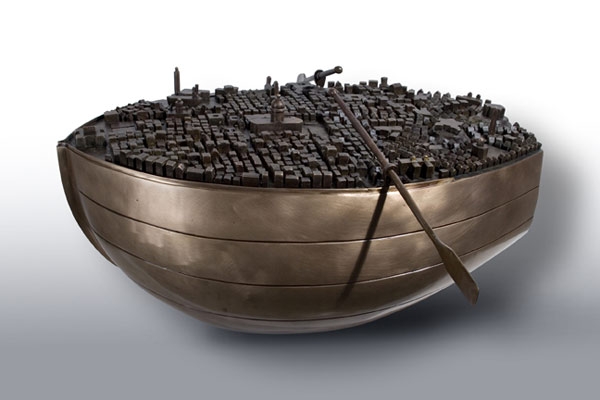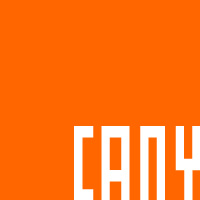
by Ricardo Pau-Llosa
In art, humor is always the function of wit. These two concepts are not at all synonymous. The difference lies in that humor is most often linked to content while wit operates through form, manner and structure. A joke slightly altered fails usually, or gains — which is to say, becomes another joke altogether. This truism owes its wide acceptance to the fact that jokes are linguistic constructs. Curiously, in the visual arts, even in caricature, humor is usually conceived in terms of content, which is a mistake. Abstract considerations, formalist niceties, nuances, are usually reserved for the art of reflection, the Apollonian reaches, with humor grasped within the rules of presentational immediacy, the Dionysian Now. Postmodernist impulses to reduce the visual arts to cathartic and often obscure journalism has pushed humor in these arts further into the grip of heuristics and hermeneutics — further, that is, into the realm of content and language. But humor which is the function of wit in any medium, linguistic as well as visual, is the triumph of context not content, form not image, manner not message. Wit is the gift of pause not punch, even if getting it seems instantaneous. The crash of the wave belies its oceanic biography. Case in point, the complex and lucid sculptures of Esteban Blanco.
Link to the original article
